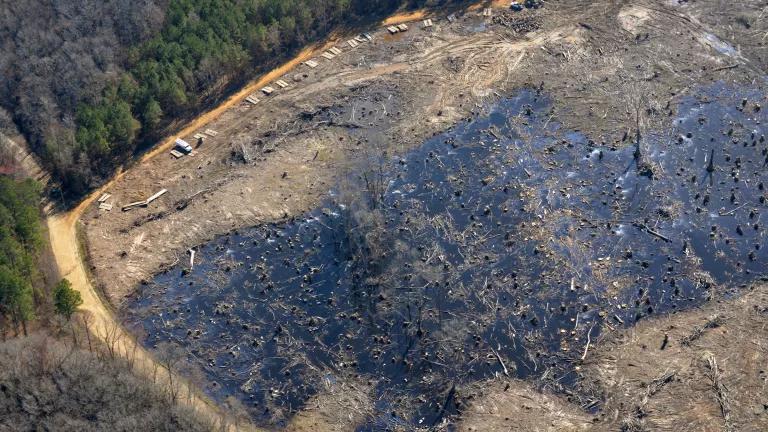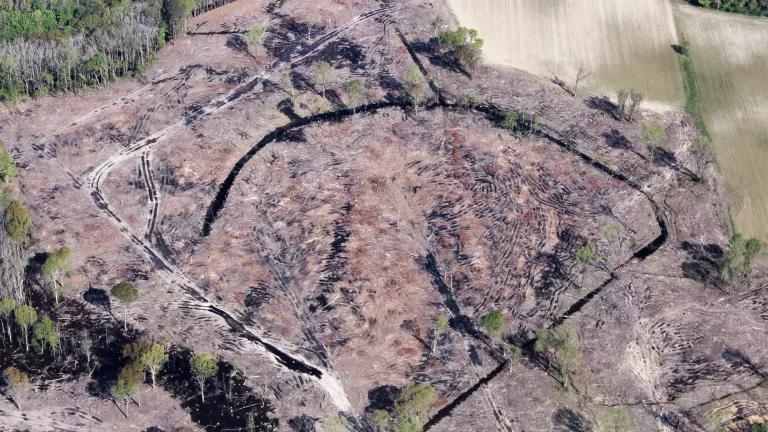When I was working at a research station years ago there were mammalogists at the station who were doing some ‘collecting’ for museum specimens. They mostly tried to take advantage of any usable roadkill, but on occasion they killed some animals by drowning them – a practice that is considered to be relatively quick for small mammals. Although everyone at the station was a biologist, not everyone agreed with this practice and, to protest, one of the researchers wrote a song called, “Ring tailed cats can’t swim in a cage at the bottom of the river.” Sounds like a mouth-full, but when put to music, it worked.
I was reminded of this yesterday as I was reading over the transcript of the Interior Department’s Inspector General interrogating arctic scientist, Dr. Charles Monnett, over allegations of ‘scientific misconduct.’ The Inspector General has not said who filed the allegations or even what the allegations are, but Dr. Monnett and his colleague are the ones that first published a report of sighting four drowned polar bears in 2004 – a report that was referenced by Al Gore in An Inconvenient Truth and which helped establish the polar bear as an icon of climate change.
Part of the interrogation focused on how Dr. Monnett could have known that no polar bears had been seen dead during the systematic surveys that had been conducted from 1987-2003 prior to his published observation in 2004 when he reported seeing 4 dead polar bears floating in the ocean. First of all, the survey observers recorded sightings of any marine mammals seen and the lead project manager for that time period informed Dr. Monnett that no one had ever recorded a dead polar bear. Additionally, Dr. Monnett had another line of evidence to support the likelihood that no polar bears had been observed dead in that area – at least in the early years. Ice. “There was a lot of ice out there.” He says, “You know, bears don’t drown when there’s ice all over the place.” I can already hear the makings of another song.
Much of the rest of the interrogation centered around whether Dr. Monnett and his colleagues had observed 3 or 4 dead bears. Seriously. This took about an entire hour of a two hour interrogation. Dr. Monnett explained in every way he could possibly think of to the Inspector General that they had observed 4 dead bears, but that only 3 of those bears were in their study area. That’s why there is mention of 4 bears, but when he does the calculations in the paper he uses the number 3. Did you get that? Me too. But it took the IG and his assistant an entire hour to comprehend that information.
After almost two hours of this type of questioning including a part where Dr. Monnett literally has to give the IG a lesson on fifth grade math (anyone remember cross multiplication?), Dr. Monnett’s council interrupts to ask, “Are we going to get to the allegations of scientific misconduct? Or, uh, have – is that what we’ve been doing?” Indeed, the IG’s line of questioning was the basis for the investigation to which Dr. Monnett responds, “(S)cientific misconduct, uh, suggests that we did something deliberately to deceive or to, to change (the information). Um, I sure don’t see any indication of that in what you’re asking me about.” To which the IG says, “No, no, no further comment on my part….Like I said, we receive allegations, we investigate.”
Oh, great. Well, that explains why Dr. Monnett has been placed on leave and had all of his computers and notebooks confiscated. By the way, there is a new study out that confirms the findings that polar bears are swimming longer distances and surviving less due to the loss of sea ice from different federal scientists in another agency. I presume the IG will be on his way over to investigate them too.
In fact, I’m starting to hear the makings of a new song, “Scientists can’t work when you take away their jobs, their computers and their credibility.” What a convenient truth.




